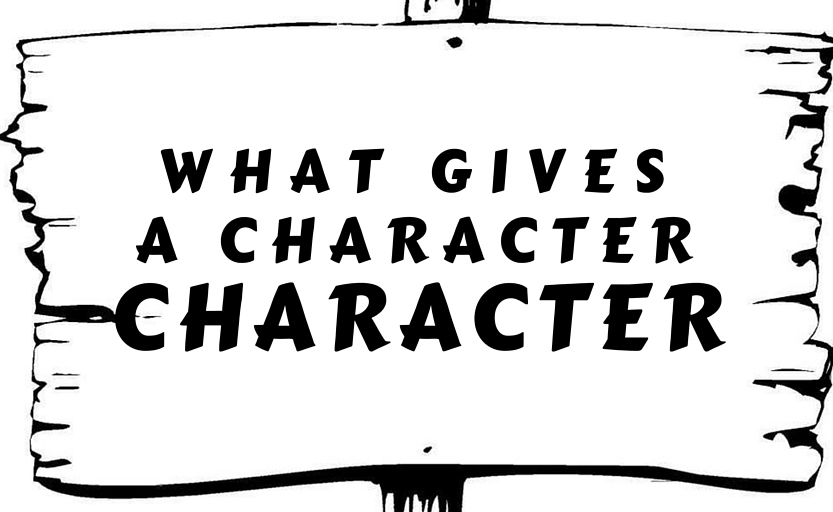What Gives a Character Character

I abandoned my books and chose the easier option. I entered “how to develop character” into the Google search bar and readied myself for instant transformation. Instead, I was underwhelmed by a series of articles on how to create a compelling character for a fictional story.
As I recovered from my initial disappointment, I realized that the development of a fictional character has valuable parallels to how you and I establish our own character. Authors reveal the virtues of their characters by forcing them to respond to a variety of experiences. The same is true of our lives. Our character is shaped and refined as we react to the world around us.
As we follow characters throughout a story, we see them change. A character has to change or else their story isn’t worth following. Which is partly why authors rely upon an obstacle that threatens the very nature of their character. Their character has to face a problem. The problem is what creates the required urgency and tension to keep us interested. The problem is what keeps the story moving. The problem is what instigates the character to change.
A character’s obstacle is crucial to the construction of a story. The author must insert a problem into a character’s life while also ensuring that the character has been developed enough to ably respond. The timing is vital.
While it is easy to see parallels between our lives and those who live in an imaginary world, it becomes more complicated to compare God with the author of a literary novel. For instance, there is no indication in the Bible to suggest that God will only allow us to face what we are able to bear. Instead, we read dozens of stories of God placing people in situations for which they are ill-equipped to handle. Consider the message that Elijah receives from an angel in 1 Kings 19:7—"the journey is too much for you!"—or how Moses feels in Exodus 4:10-13—"please send someone else" (thanks to Ron Edmundson for these examples).
